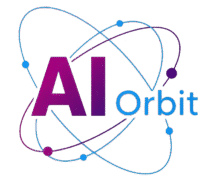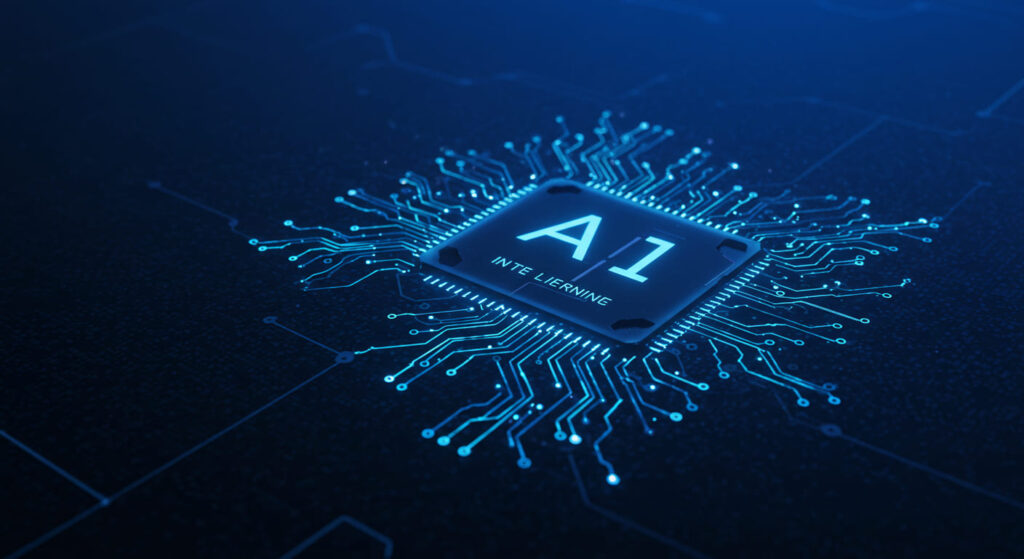BEYOND THE HYPE: SEPARATING FACT FROM FICTION IN THE RACE TO ARTIFICIAL GENERAL INTELLIGENCE
The discourse surrounding Artificial Intelligence (AI) has reached a fever pitch. From revolutionary advancements in large language models to awe-inspiring image generation, it seems AI is perpetually in the headlines. Yet, amidst this whirlwind of innovation and speculation, one concept frequently emerges, shrouded in a mix of excitement, fear, and misunderstanding: Artificial General Intelligence (AGI). Often depicted in science fiction as self-aware machines capable of outthinking humanity, AGI has become the ultimate horizon for many in the AI community. But how much of what we hear about AGI is grounded in reality, and how much is simply sensationalized hype? This comprehensive guide aims to cut through the noise, providing a clear, authoritative look at the current state of AI, the true nature of AGI, and the formidable challenges that lie ahead in its pursuit.
WHAT IS ARTIFICIAL GENERAL INTELLIGENCE (AGI)?
To understand the current landscape, it’s crucial to define AGI and distinguish it from the AI we interact with daily.
Artificial General Intelligence, often referred to as “strong AI” or “human-level AI,” is a hypothetical form of AI that would possess the ability to understand, learn, and apply intelligence across a wide range of tasks and domains, much like a human being. This includes capabilities such as:
This stands in stark contrast to Artificial Narrow Intelligence (ANI), or “weak AI,” which is the only type of AI that currently exists. ANI excels at specific, predefined tasks. Think of the AI that recommends movies on Netflix, accurately translates languages, beats world champions at chess, or drives a car semi-autonomously. These systems are incredibly powerful within their narrow domains but lack the flexibility, adaptability, and generalized understanding that defines AGI. They don’t truly “understand” in the human sense; they are sophisticated pattern-matching and prediction machines.
THE CURRENT STATE OF AI: WHERE ARE WE REALLY?
Recent breakthroughs in AI, particularly in deep learning and large language models (LLMs) like OpenAI’s GPT series or Google’s Gemini, have undeniably pushed the boundaries of what ANI can achieve. These models can generate remarkably coherent text, write code, create stunning images from descriptions, and even pass complex exams designed for humans. The public’s perception of AI has been profoundly shaped by these advancements, leading some to believe that AGI is just around the corner, or perhaps even already here in nascent form.
However, it is vital to contextualize these achievements. While LLMs exhibit impressive linguistic fluency and an apparent grasp of vast amounts of information, their intelligence remains fundamentally narrow. They operate based on statistical correlations learned from massive datasets, not genuine comprehension or reasoning. For example:
These limitations underscore the fact that while current AI is incredibly powerful and transformative, it is still a long way from the generalized, adaptable intelligence envisioned for AGI. We are witnessing an incredible refinement of ANI, not the dawn of AGI.
COMMON MISCONCEPTIONS AND MEDIA SENSATIONALISM
The gap between AI fact and fiction is often widened by media sensationalism and popular culture narratives. Sci-fi films frequently portray AGI as sentient, malicious, or benevolent entities that spontaneously emerge, leading to either utopian futures or dystopian robot takeovers. While these stories make for compelling entertainment, they create unrealistic expectations and unfounded fears about real-world AI development.
Some prevalent misconceptions include:
It’s crucial for the public, policymakers, and even researchers to critically evaluate these narratives and ground their understanding in the scientific reality of AI.
THE ROADBLOCKS TO AGI: WHY IT’S HARDER THAN IT LOOKS
The journey to AGI faces several fundamental, deeply complex challenges that current AI paradigms are ill-equipped to handle.
COMMON SENSE REASONING
This is arguably the most significant hurdle. Humans possess a vast repository of unspoken, intuitive knowledge about how the world works – objects fall, fire is hot, people have intentions. This common sense allows us to navigate novel situations, understand context, and make inferences with minimal effort. Current AI systems lack this innate understanding and struggle with tasks that require it, even simple ones. Building models that can acquire, represent, and utilize common sense at a human level remains an unsolved grand challenge.
EMBODIMENT AND INTERACTION
Human intelligence is deeply intertwined with our physical embodiment and interaction with the world. We learn through senses, movement, and manipulation of objects. While robotics is advancing, integrating physical learning with abstract reasoning in a seamless, generalized way for AI is incredibly difficult. Most advanced AI today lives purely in the digital realm.
LEARNING EFFICIENCY
Children learn complex concepts from a few examples or even by observation. Current deep learning models, while powerful, are incredibly data-hungry, requiring millions, sometimes billions, of examples to learn a task. Achieving human-like learning efficiency – especially learning new concepts with very little data – is a critical step towards AGI.
CREATIVITY AND INNOVATION
While AI can generate novel combinations of existing data, true creativity involves conceptual leaps, divergent thinking, and the ability to innovate beyond predefined patterns. The mechanisms by which humans generate genuinely new ideas are still poorly understood, making it incredibly challenging to replicate them computationally.
ETHICAL AND SAFETY CONSIDERATIONS
Even if the technical hurdles were overcome, the “alignment problem” – ensuring that a superintelligent AGI’s goals and values are perfectly aligned with human well-being – presents profound philosophical and technical challenges. This isn’t just about preventing a “Skynet” scenario but ensuring that an immensely powerful entity, even with good intentions, doesn’t inadvertently cause harm due to unforeseen consequences or misinterpretations of human values.
THE FUTURE OF AGI: REALISTIC TIMELINES AND PERSPECTIVES
Given these formidable challenges, when can we expect AGI? The honest answer is: no one knows for sure. Expert opinions vary wildly:
It’s more probable that if AGI ever emerges, it will be an incremental process, not a sudden “aha!” moment. It will likely involve a combination of new algorithmic breakthroughs, vastly increased computational power, and a deeper understanding of human cognition and neuroscience. The journey will involve fundamental scientific discoveries, not just engineering improvements on existing AI.
For the foreseeable future, the focus of AI research will remain on improving ANI systems, making them more robust, reliable, and capable within their specific domains, and developing hybrid AI systems that combine different approaches. The pursuit of AGI will continue, but it is a long-term scientific endeavor rather than an impending commercial reality.
THE PRACTICAL IMPLICATIONS FOR BUSINESSES AND SOCIETY
While AGI remains a distant prospect, the advancements in ANI are already profoundly transforming industries and societies. Businesses should focus on leveraging current AI capabilities to:
Societally, the ongoing development of AI necessitates proactive engagement with its ethical implications, including:
The race to AGI, while fascinating, should not overshadow the immediate and tangible impacts of existing AI technologies. Our efforts should be balanced between long-term research into foundational AI concepts and the responsible, beneficial deployment of current AI tools.
CONCLUSION
The dream of Artificial General Intelligence continues to captivate the imagination, fueling both ambitious research and widespread speculation. While the progress in Artificial Narrow Intelligence has been breathtaking, enabling capabilities once thought impossible, it is crucial to separate the scientific facts from the pervasive hype. We are still far from creating machines that genuinely understand, reason across domains, or possess the common sense and adaptability of a human mind. The challenges are not merely engineering problems but fundamental scientific puzzles about intelligence itself.
By maintaining a realistic perspective, embracing the current capabilities of ANI, and fostering responsible innovation, we can ensure that AI serves humanity’s best interests, pushing the boundaries of what’s possible without succumbing to either unfounded fear or unrealistic expectations. The true race isn’t just to build AGI, but to build a future where AI, in all its forms, contributes positively to our world.

